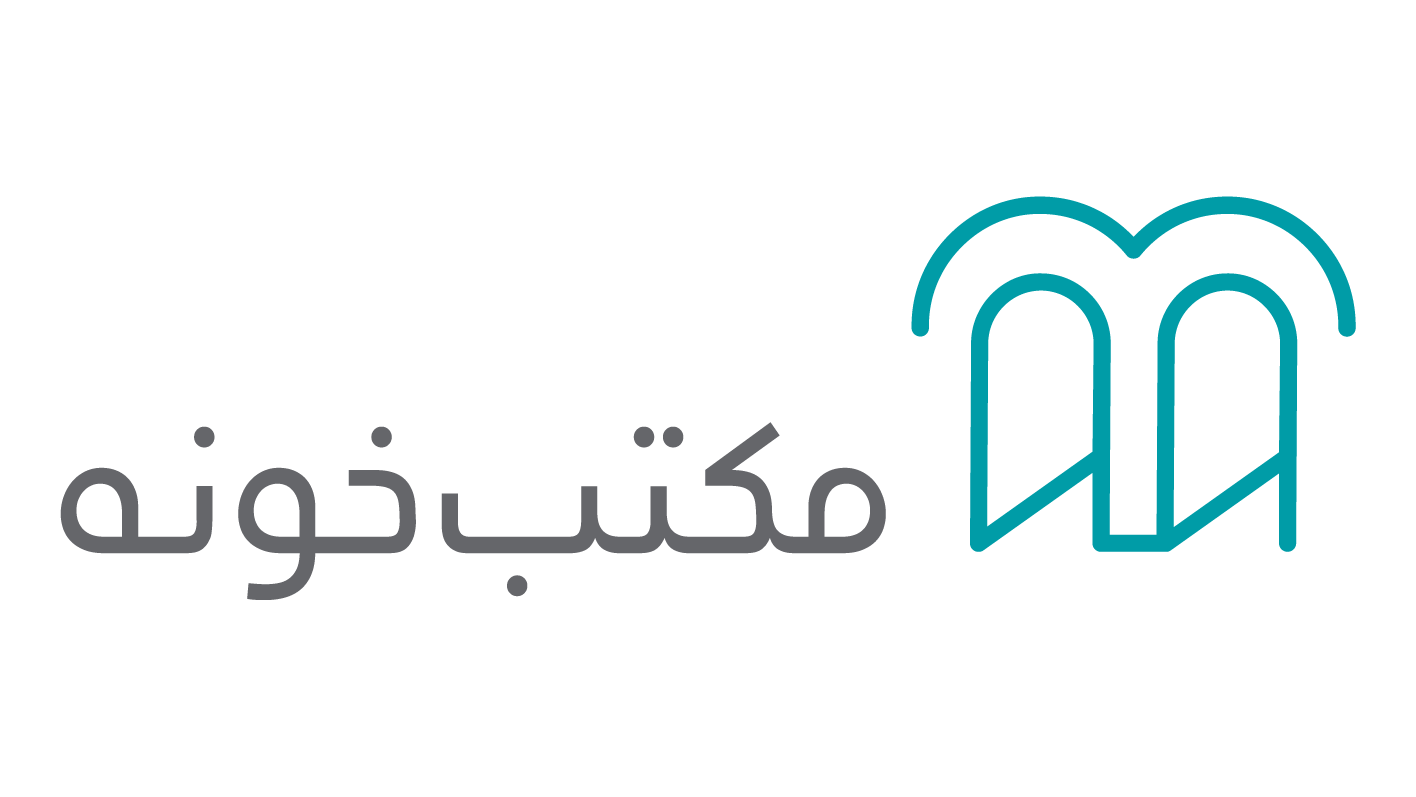Welcome back to English for
Management and Leadership. In this video, we'll be discussing
an important element of good leadership, building employee potential. This can emerge in two ways,
coaching and mentoring. They both serve to grow potential,
but they do so in different ways. Coaching comes from
the supervising manager, but a mentor,
though often in a senior position, usually has no direct supervisory
responsibility for the employee. Coaching targets specific skills
needed to benefit the team or to reach certain short-term objectives. Examples of this might be speaking
more concisely, sharing knowledge, or learning a new system or program. Because these are short-term objectives, items discussed in coaching are often
related to ongoing performance reviews. Mentoring, on the other hand, focuses more
on the long-term goals an employee has, such as promotion, reputation,
influence, or self-confidence. Because these are not directly related
to the yearly performance review, and because the mentor is not
the supervising manager, mentor relationships often build
an environment of trust and confidence. Mentoring is commonly used when an
organization wants to build its leadership pool for succession planning. In these cases, the mentor is grooming the
employee for a future leadership position. In the scene for this module, you saw
Elizabeth talking with Katherine and Jake in one-on-one meetings. What was the purpose of these meetings? Was she coaching or mentoring? If you answered that Elizabeth
was coaching her team members, then you're right. One of the more important
roles of managing people is offering constructive feedback on
their performance in a timely way. And timely is important here. Unfortunately, because many people
are not comfortable with these kinds of conversations, feedback is often given
only once a year at a performance review. But if you were a coach for
a soccer team, would you wait until the end of the season to give feedback
on your players' performance? Would you wait until the end of the game? Of course not. You would be offering feedback
on their play all the time so they could work to improve right away. And your team would benefit from
that improvement right away. Coaching is used to give direction and
build performance. Elizabeth met with Katherine to give
direction and to help her see how her attitude was causing her colleagues to
avoid seeking her help and knowledge. This kind of avoidance can have serious
effects on the outcome of the project. Elizabeth knows this and
needs Katherine's knowledge and expertise to be readily available. After all, that expertise is why she
selected Katherine for her team. Elizabeth met with Jake
to build performance. Jake is already
a well-recognized innovator, but his communication style is
off-putting in a different way. He talks too much and too long. He may have great information,
but he takes so long to make his point that
people stop listening. In fact,
some people know how much Jake can talk that they stop listening
the moment he opens his mouth. Even Elizabeth cut off Jake the first time
he wanted to share information about km's. However, even with her impatience,
Elizabeth knows that the team needs his knowledge and gives him guidance on how he
can get his message out more concisely. So how can you conduct
a one-on-one coaching session in a way that's not threatening but
still constructive? First, begin with an I focus,
rather than a you focus. Elizabeth starts with words like,
my observation, or I noticed. Secondly, ask questions. Find out what they think of the situation. If they can realize
the problems themselves, they will be more likely to change. Elizabeth asks Katherine
what her thoughts were. She asked her if there was anything
else she could have said instead. Elizabeth asks Jake if he thinks
the team's annoyance with him could have something to do
with his communication style. By listening carefully to
the answers to your questions, you can find out a lot about your
employee's motivations for behavior. Find out what their goals are and
help them progress. You can also act as a sounding board for
frustrations they may be experiencing or work to remove obstacles that
may be hindering performance. Third, try to get agreement. If you can get buy-in, the employee
will be more likely to change. This may not always happen the first time
you mention an area for improvement, but may come after a few
more coaching sessions. Finally, offer to role-play a scenario. This gives you the opportunity to
offer specific suggestions and gives the employee a non-threatening place to
try out different styles of communication. Keep in mind that coaching
sessions are not a one-time event. They're meant to be ongoing, regular opportunities to
offer continuing feedback. Don't forget to give
positive reinforcement when you see appropriate
changes in behavior. Just like a soccer coach,
be sure to give public praise to strong, as well as developing performers. Now, let's review the takeaways for
this lesson. Coaching and
mentoring serve different purposes. Coaching is supervisory with
a focus on short-term objectives. Mentoring is not supervisory and focuses
on long-term professional development. Coaching involves timely,
constructive feedback. Use an I focus as much as possible,
ask questions, listen carefully, try to get agreement, and offer
specific suggestions for improvement. But most importantly,
when coaching your employees, you, yourself, need to be the example
you want to see in them. In our next video, we will take a look at how to build
a team that works well together. See you then, and thanks for watching
English for Management and Leadership.
